CVB #0011 Empathy is the key to value creation.

Hey 👋 - Jane here. Welcome to issue #0011 of CVB Weekly. This week we will dive into why empathy is a core capability that leads to value creation. I will touch on those tools and the process I use to consider marketing through the lens of my customer.
Empathy enables us to step into the shoes of our customers. To walk in their shoes as they travel through the experience of purchasing out products or services. It compels us to remove points friction that get in that way.
"Value is not determined by those who set the price. Value is determined by those who choose to pay it". Simon Sinek
✅ Understanding the people who choose to pay the price for our product or service is key to finding more of those people.
✅ Understanding why a customer decided NOT to pay the price is equally important. What friction got in the way. What did we not communicate clearly to that customer? Where did we fail them?
Don't let anyone tell you empathy is a soft skill.

Let's first start with a definition of empathy.
Empathy is the capacity to understand or feel what another person is experiencing from within their frame of reference, that is, the capacity to place oneself in another's position. WIKIPEDIA
The capacity to understand!
Brene Brown is an emotions researcher and the queen on the topic of Empathy. Her content is a great place to start if you are at the beginning of your empathy journey.
"Empathy has no script. There is no right way or wrong way to do it. It's simply listening, holding space, withholding judgment, emotionally connecting, and communicating that incredibly healing message of 'you're not alone."
This is an excellent animation on Empathy created by Brene Brown which you can watch here.
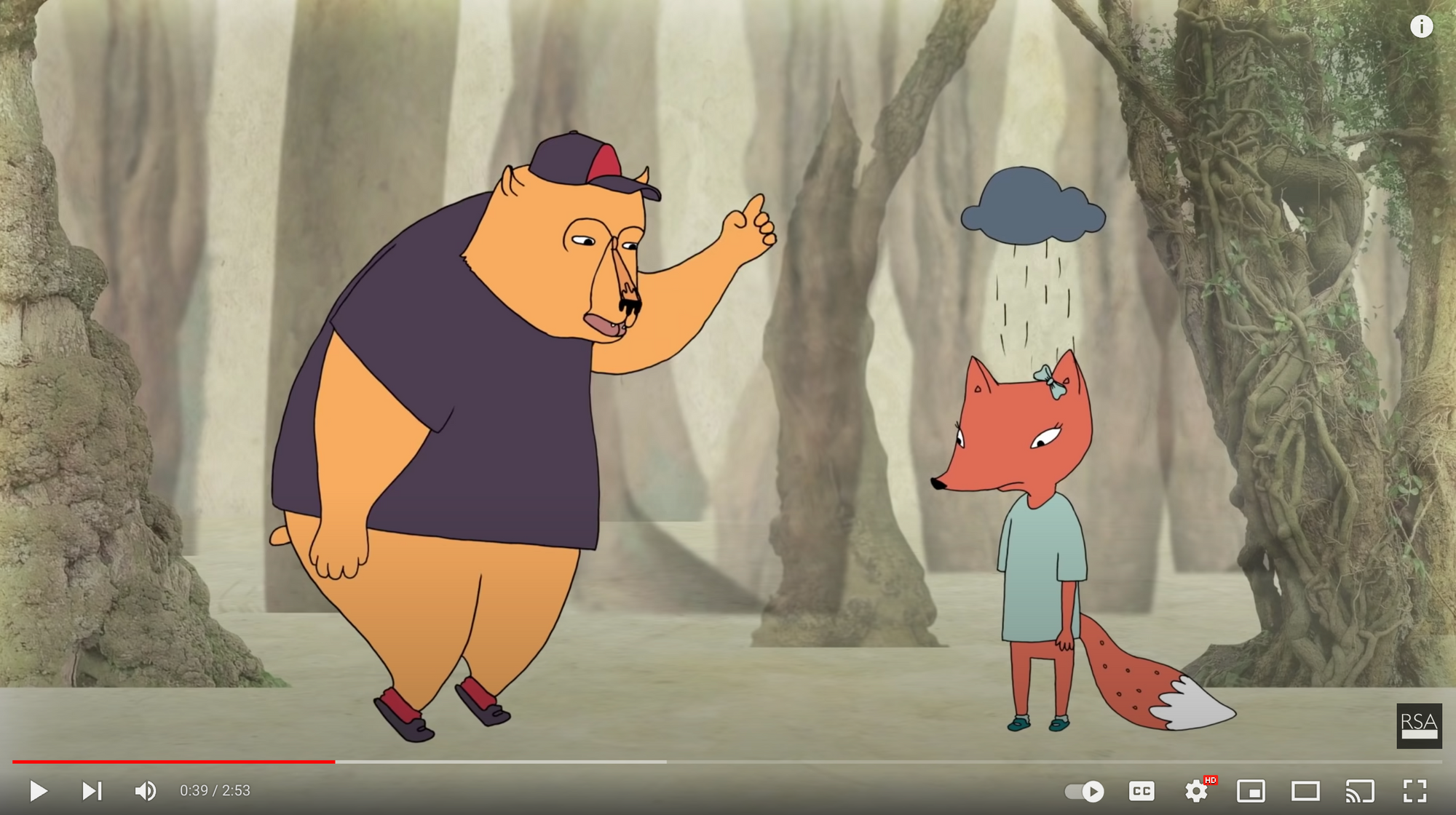
"Walking in their shoes."
As marketers, it's one of the greatest tools in our tool kit. Stepping out of our own shoes and into the shoes of our core customers. Rather than marketing on Instagram because I enjoy it, I market on the channels where my customer enjoys actively participating.
Key to all of this is the role of the brand as a 'listener'. Businesses have a hugely powerful tool when they empower their marketing teams to listen. And marketing has a powerful influencing tool when we use it!
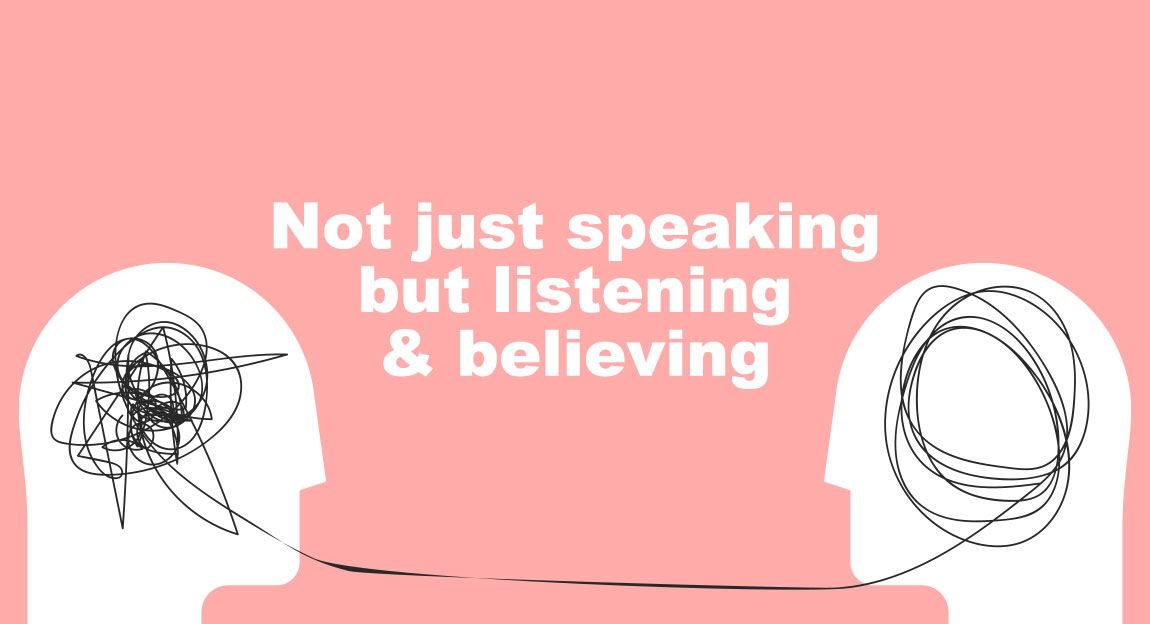
Let's dig into the context of empathy in advertising and marketing.
In issue CVB008 we dug into a brand that has built an empire of empathy using storytelling.
But when was the last time you saw empathy in advertising? Pre-digital, an ad was developed based on an insight garnered through research & a few select creative minds sitting in a room. It was then broadcast one way through press, TV and radio.
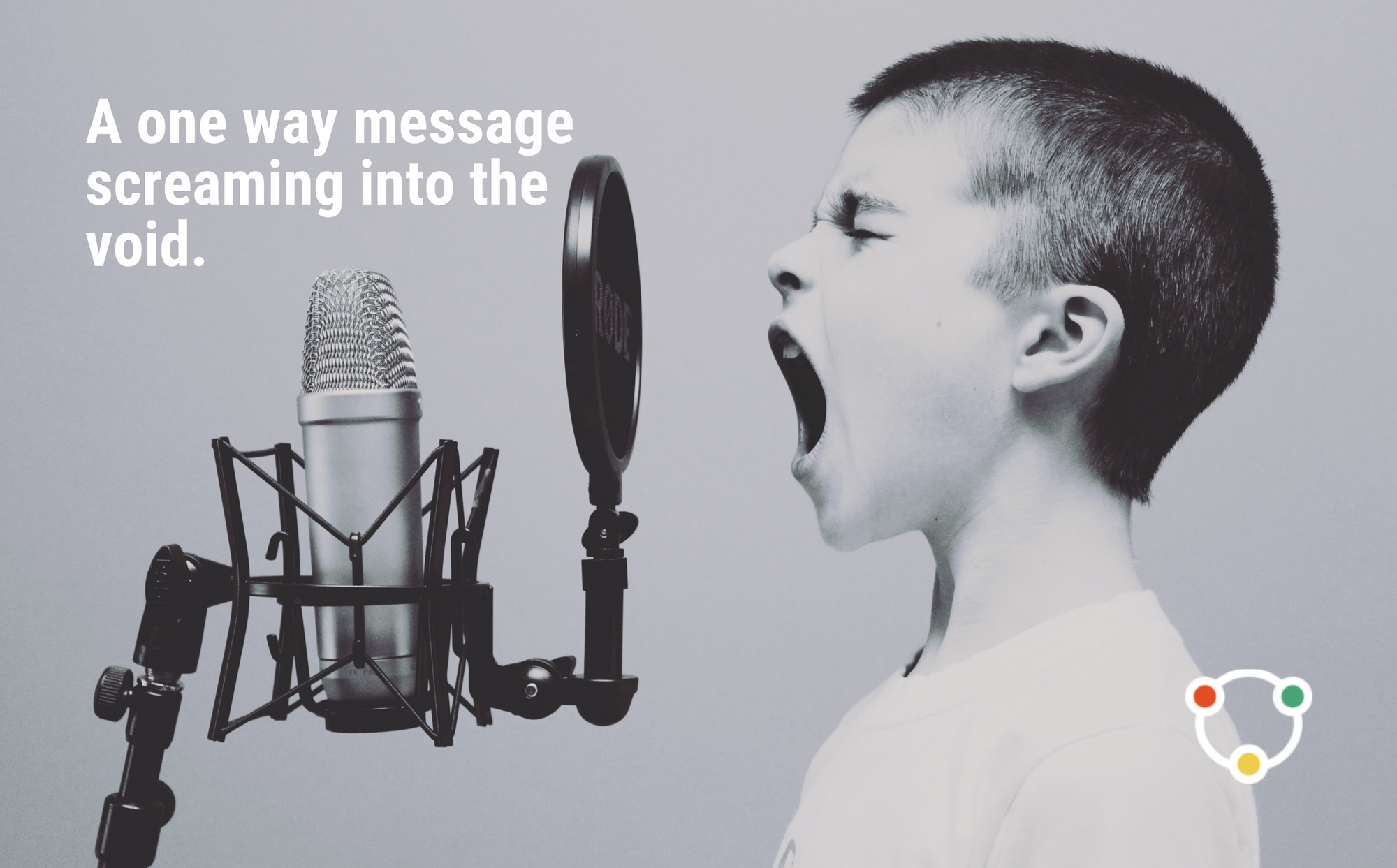
Traditionally ads were created by a select few. As a young ad exec, that wasn't me - what Cindy Gallop refers to in a recent documentary on the death of the advertising industry - "At the top of our industry is a closed loop of white guys talking to white guys about other white guys".
How can one group of people (that don't represent the core customer) truly empathise with that audience? When a message is one-way, how can empathy be nurtured and developed?
Share an ad without the opportunity for a conversation, and you are simply speaking. Without the 'listening' part, there is no empathy. What if I have never walked in shoes like yours? What if I have never felt the trauma, racism, or pain of rejection that you have felt. Can I empathise with your experience? Can I create an ad campaign that genuinely connects with you?
"Empathy can be dangerous and end up causing people pain when we try to walk in someone else's shoes who doesn't have our backstory, privilege, education, upbringing...", Brene Brown - episode 1 of Atlas of the heart.
What if a brand invited its consumers to the table to co-create a campaign. Would the emotion that defines the campaign be the same? Or different? That's what Nike did with their 50th-anniversary campaign.
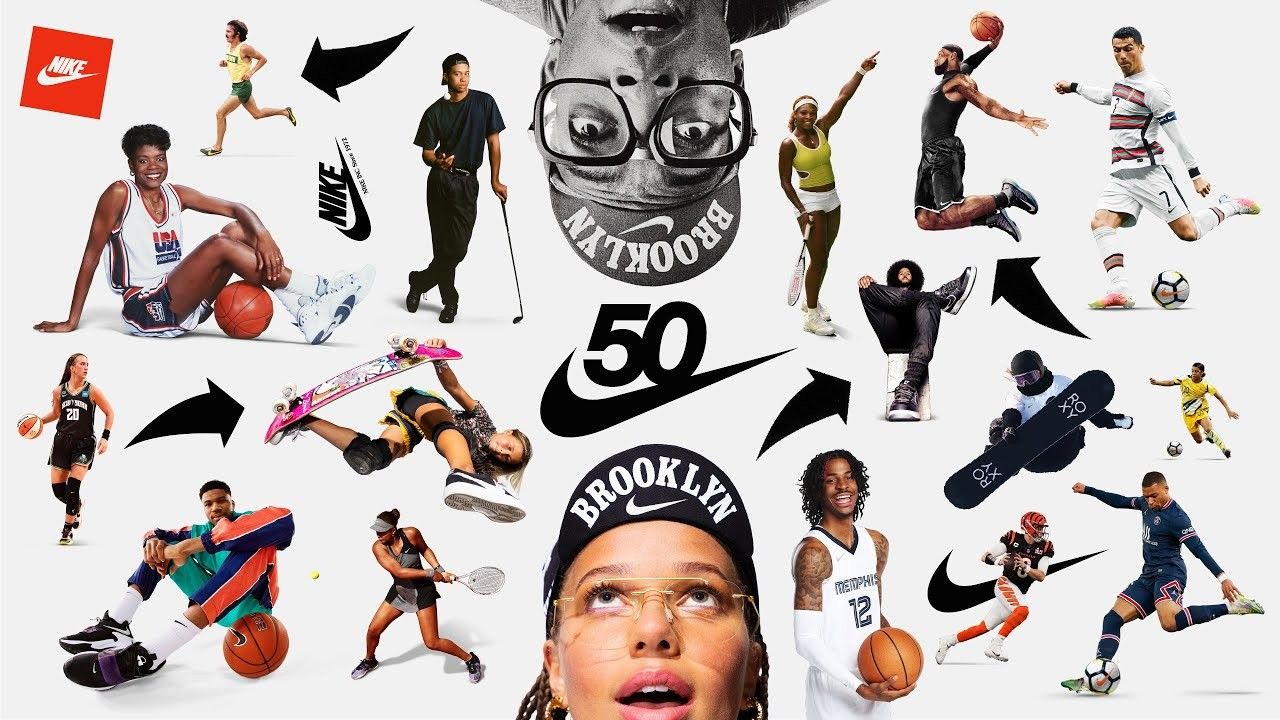
According to its chief executive John Donahoe, Nike's 50th-anniversary campaign directed and starring Spike Lee, delivered the highest traffic ever recorded to its shopping apps.
Customers spoke, and Nike listened.
The campaign was amplified through digital channels, and they invited athletes and their consumers into the conversation.
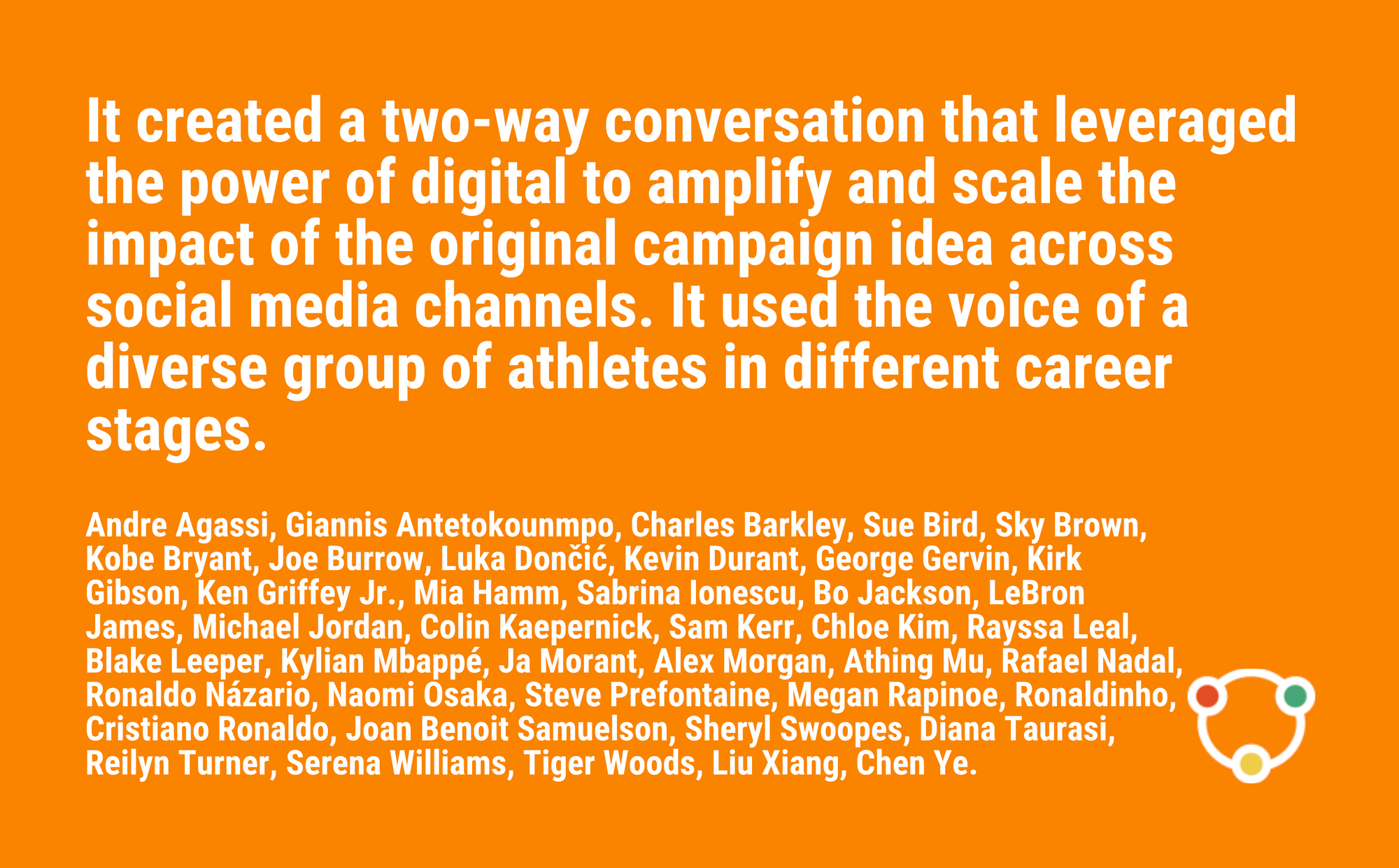
Think of digital as an amplifier to the original message. A message that was shared through every single one of the athletes featured in the ad. They put their personal spin on it. They invited their audience into the conversation.
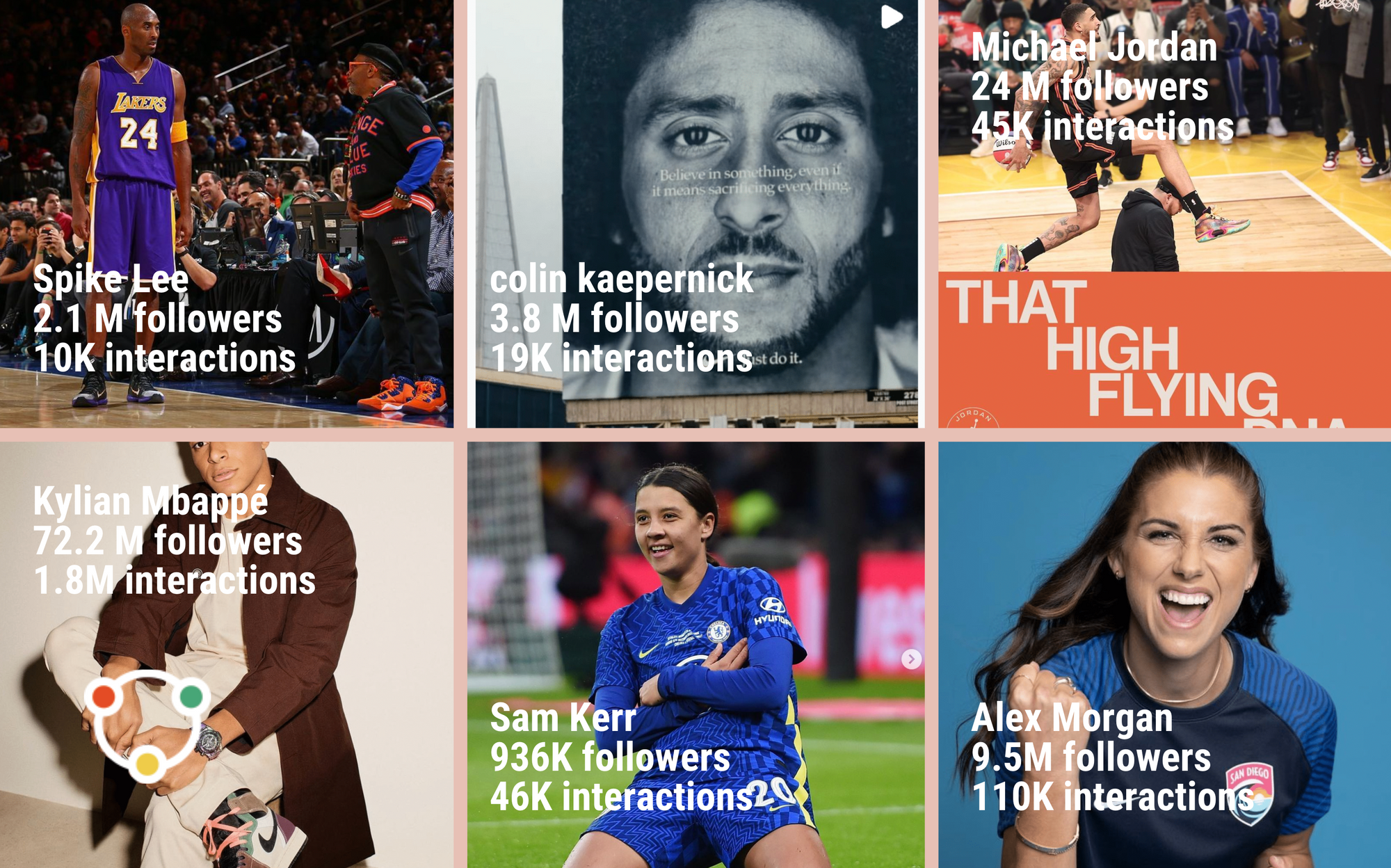
The real power of the campaign was in the story the customer told. Not the original ad. Nike invited consumers to co-create ads with the brand using #nike50 across 5 social media platforms with an audience of over 300 million globally.
A consumer creating content that reflected their own lived experience.
That's empathy in advertising.
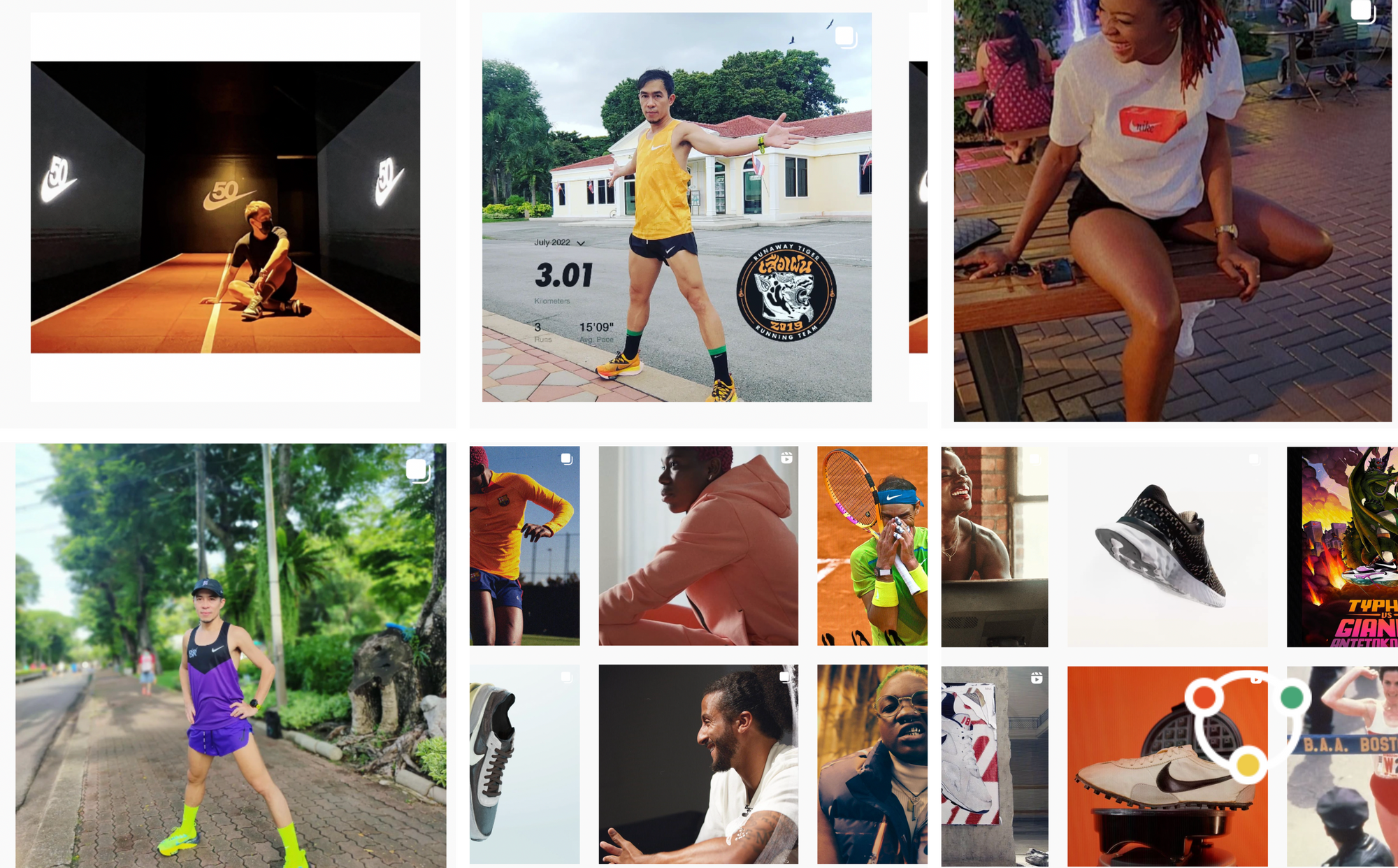
I love the amplifying and democratising power of digital! With digital, we can listen, and customer data enables us to listen at scale.
“Digital is fuelling how we create the future of retail.” John Donahoe | Nike CEO
What can we learn from Nike and Humans of New York?
- Set a clear intention to truly listen to the customer in order to empathise.
- Start a process of discovering the customer data you have access to.
- Build a practice where you use that data to seek feedback and listen to the response.
- Engage your customers in the telling and re-telling of your story through opportunities like UGC (user generated content) or reviews.
- Don't be afraid to take a risk!
Pro tips
If it helps to have a template to use to guide the process, you can upgrade to the paid subscription or keep proceeding.
What do you can do for me
If you value the free advice, share the love on social media or pass the tip on to a friend.
You can also sign up for our 'customer love' program that will hold your hand as you use customer love to grow your business. Coming soon! {if you are paid subscriber, you will be one of the first to learn about it 😉}
Happy Tuesday - thanks for stopping by. 🥰



